
The Surgeon General reports that “obesity poses a major pubic health challenge” contributing to an estimated 112,000 preventable deaths annually in the United States (Surgeon General, 2010). Obesity can increase health risks to a number of diseases, including diabetes and cardiovascular disease (Surgeon General, 2010). Moreover, there are a number of mental health issues associated with obesity such as depression (Surgeon General, 2010). Not only is obesity a serious health concern for adults but it is also an increasing problem, from 5% in 1980 to 17% in 2008, seen among U.S. children (Surgeon General, 2010). Furthermore, there are disparities among some racial groups, specially 29% of non-Hispanic black teenagers and 17.5% of hispanics teenagers are obese, while the prevalence for non-Hispanic white teenagers is 14.5 percent (Surgeon General, 2010). The Surgeon General (2010) points out that although obesity is a health crisis among the general population, it is “even more prevalent in persons with mental illness with some reports indicating 83% of people with serious mental illness being overweight or obese.” The Surgeon General (2010) recommends 60 minutes of physical exercise. However children tend to struggle with the more traditional routine repetitive workouts that a adult may engage in, thus children require physical exercise that rigorous yet fun enough to keep children engaged in the activity.
Taekwondo is a martial art that uses rigorous physical exercise as a primary form of training. Many children find Taekwondo fun and exciting because they are learning an ancient martial art that is not only a sport, but a discipline that promotes healthy living through training the body and mind. For many practitioners, it is a way of living. Taekwondo strengthens the body through rigorous strength and endurance building exercises and cultivates the mind through the teaching of its philosophy and core principles: Courtesy, Integrity, Perseverance, Self Control, and Indomitable Spirit. It is this combination of training the body and mind that has been shown to be effective at reducing aggression (Nosanchuk 1981; Daniels & Thornton 1992; Nosanchuk & MacNeil, 1989; Trulson, 1986; Skelton, Glynn & Berta, 1991; Lamarre & Nosanchuk 1999), increasing self-esteem (Duthie, Hope & Barker 1978; Richman & Rehberg 1986; Kurian, Verdi, Caterino & Kulhavy 1994; Finkenberg, 1990; Trulson, 1986), and decreasing stress (Iso-ahola & Park, 1996; Kurian et al,. 1993; Rothperl, 1980; Foster, 1997, Trulson, 1986). Furthermore, the literature indicates that martial arts are beneficial for various populations, including middle school students (Zivin, et al., 2001), adolescents with a history of violence (Twemlow, & Sacco, 1998), as well as geriatric populations (Cromwell, Meyers, & Newton, 2007).
Intuition Wellness Center is proud to bring Taekwondo Wellness classes this summer (2016) to the Tucson community that will help youth and adults experiencing mental, emotional, or behavioral challenges. Taekwondo Wellness classes will offer instruction in traditional Taekwondo with a focus on the mind-body connection, achieving a healthy balance in life, physical fitness, and relaxation through meditation. Visit our Taekwondo Wellness page to learn more about this exciting new program.
To learn more about obesity visit a previous blog I wrote for Intuition Wellness Center titled: Obesity in the US – Mental Health Implications & Recommendations.
Written by: Yoendry Torres, Psy.D., Clinical Psychologist
References:
- Cromwell, R. L., Meyers, P. M., & Newton, R. A. (2007). Tae Kwon Do: An effective Exercise for improving balance and walking ability in older adults. The Journals of Gerontology Series A: Biological Sciences and Medical Sciences, 62, 641-646.
- Daniels, K. & Thornton, E. W. (1992). Length of training, hostility and the martial arts: a comparison with other sporting groups. British Journal of Sports Medicine, 26(3), 118-120.
- Duthie, R. B., Hope, L., & Barker, D. G. (1978). Selected personality traits of martial artists as measured by the adjective checklist. Perceptual and Motor Skills, 27, 71-76.
- Finkenberg, M. E. (1990). Effect of participation in taekwondo on college women’s self-concept. Perceptual and Motor Skills, 71, 891-894.
- Foster, Y. A. (1997). Brief Aikido training versus Karate and golf training and university students’ scores on self-esteem, anxiety, and expression of anger. Perceptual and Motor Skills, 84(2), 609-610.
- Iso-ahola, S. E., & Park, C. J. (1996). Leisure-related social support and self-determination as buffers of stress-illness relationship. Journal of Leisure Research, 28(3), 169-187.
- Kurian. M., Caterino, L. C., & Kulhavy, R. W., (1993). Personality characteristics and duration of ATA Taekwondo training. Perceptual and Motor Skills, 76, 363-366.
- Kurian, M., Verdi, M. P., Caterino, L. C., & Kulhavy, R. W. (1994). Relating scales on the children’s personality questionnaire to training time and belt rank in ATA Taekwondo. Perceptual and Motor Skills, 79, 904-906.
- Lamarre, B. W., & Nosanchuk, T. A. (1999). Judo – the gentle way: a replication of Studies on martial arts and agresión. Perceptual and Motor Skills, 88, 992-996.
- Nosanchuk, T. A. (1981). The way of the warrior: the effects of traditional martial arts training on aggressiveness. Human Relations, 34(6), 435-444.
- Nosanchuk, T. A., & MacNeil, M. L. C. (1989). Examination of the effects of traditional and modern martial arts training on aggressiveness. Aggressive Behavior, 15, 153-159.
- Richman, C. L., & Rehberg, H. (1986). The development of self-esteem through the martial arts. International Journal of Sports Psychology, 17, 234-239.
- Rothperl, A. (1980). Personality traits in martial artists: A descriptive approach. Perceptual and Motor Skills, 50(2), 395-401.
- Skelton, D. L., Glynn, M. A., & Berta, S. M. (1991). Aggressive behavior as a function of Taekwondo ranking. Perceptual and Motor Skills, 72, 179-182.
- Surgeon General, 2010
- Trulson, M. E., (1986). Martial arts training: a novel “cure” for juvenile delinquency. Human Relations, 39(12), 1131-1140.
- Twemlow, S. W., & Sacco, F. C. (1998). The application of traditional martial arts practice and theory to the treatment of violent adolescents. Adolescence, 33, 505-519.
- Zivin, G., Hassan, N. R., DePaula, G. F., Monti, D. A., Harlan, C., Hossain, K. D., & Paterson, K. (2001). An effective approach to violence prevention: Traditional martial arts in middle school. Adolescence, 36, 443-459.
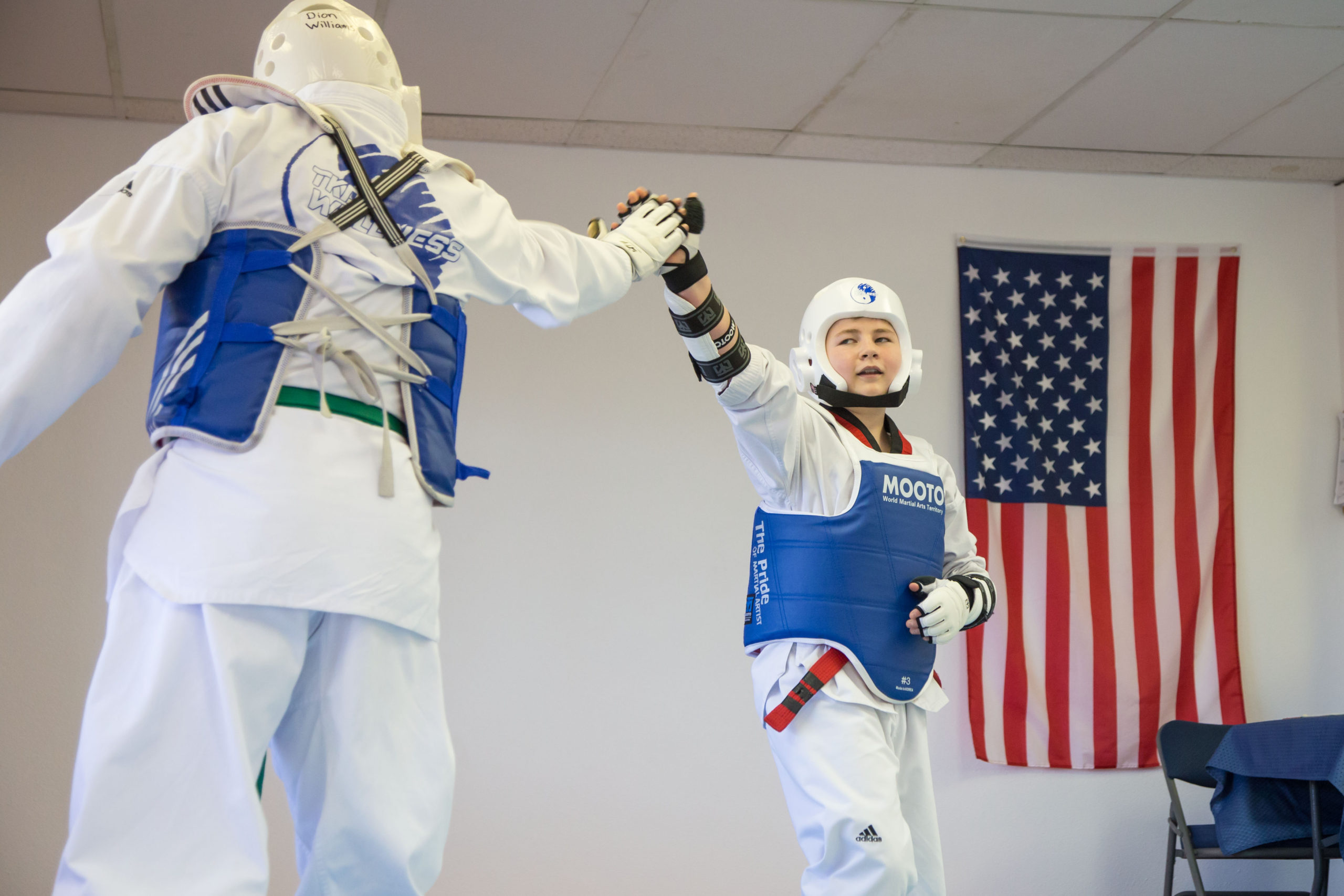
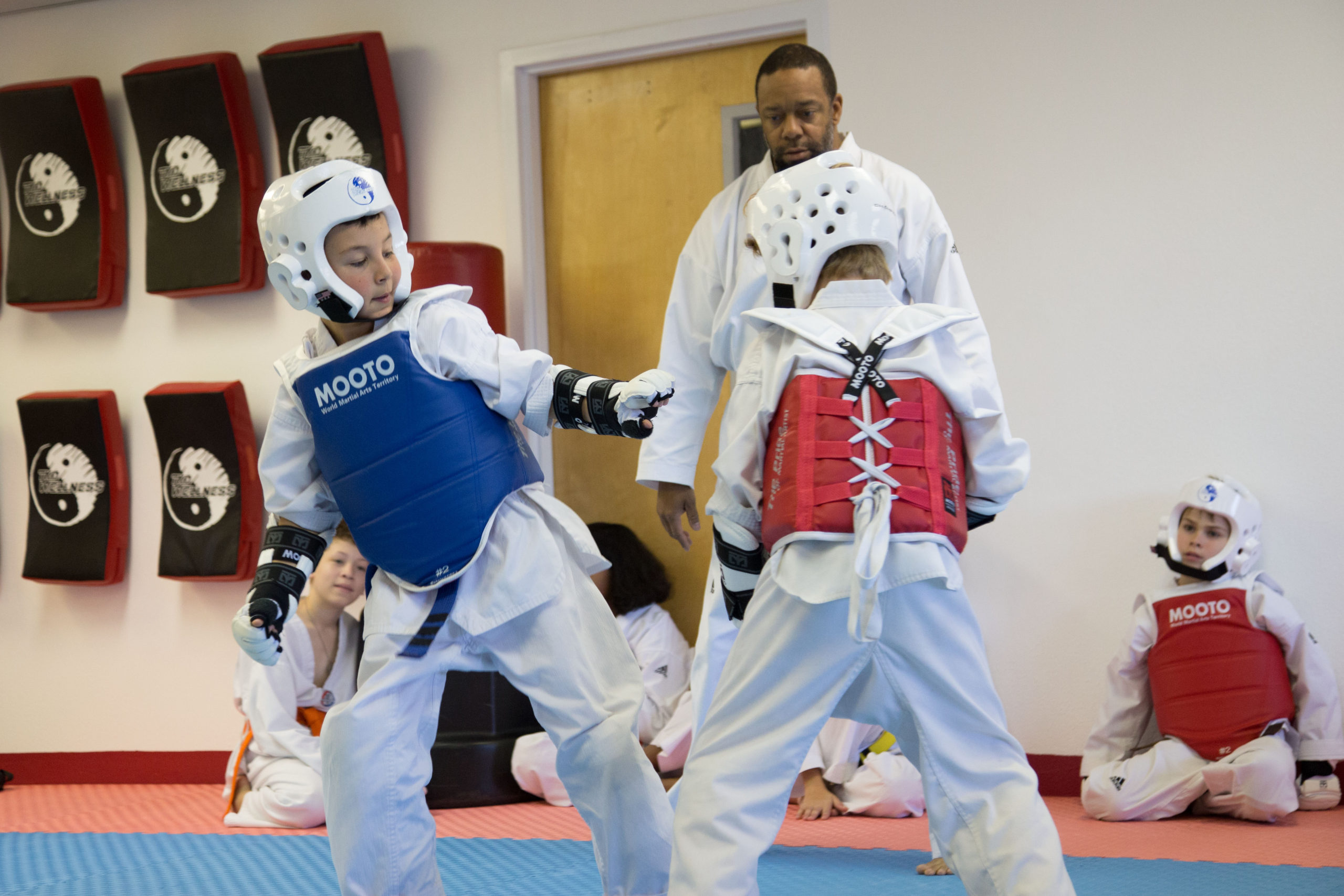
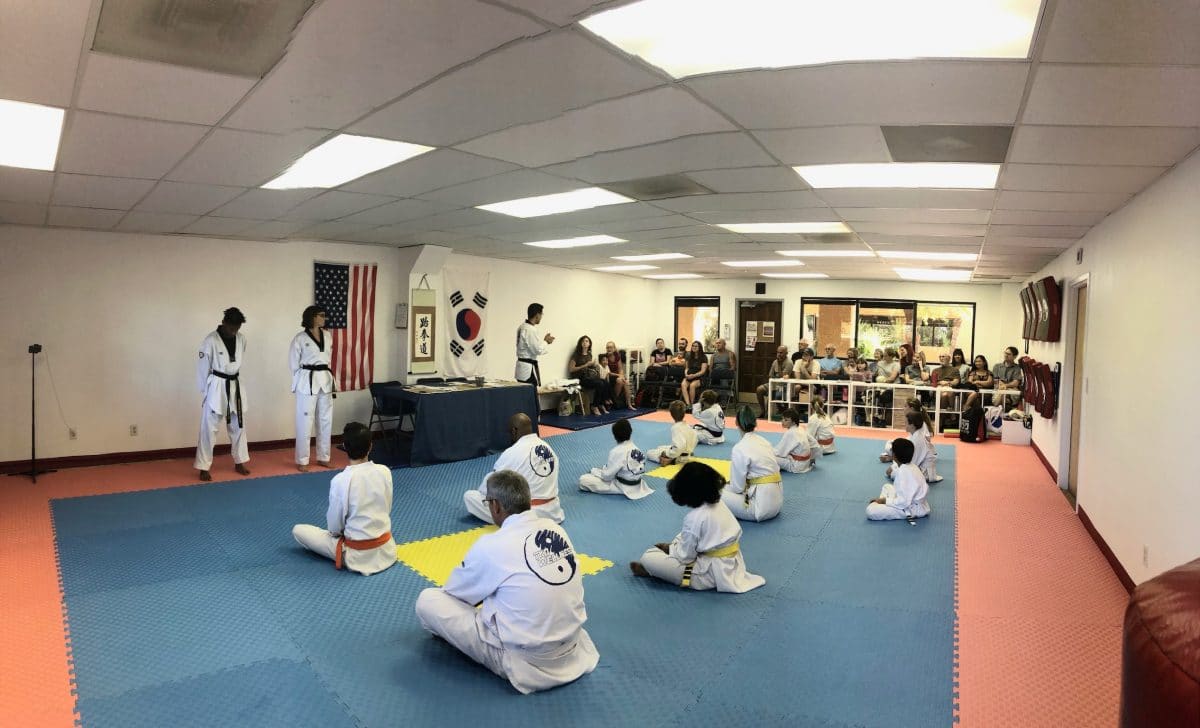


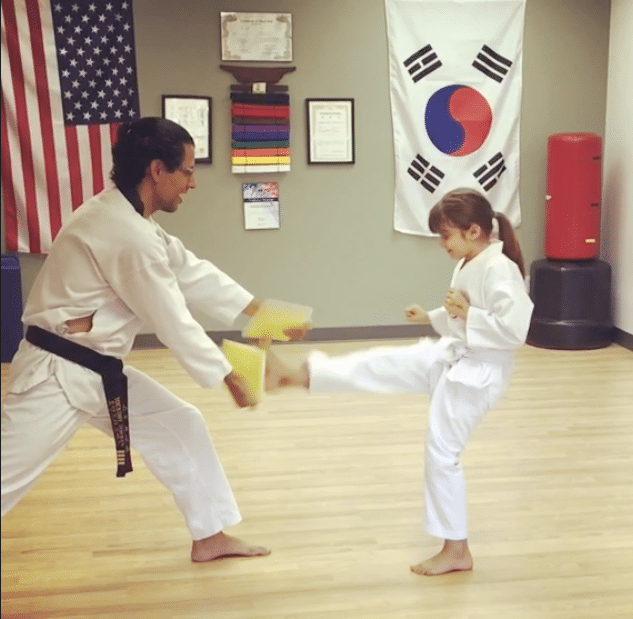

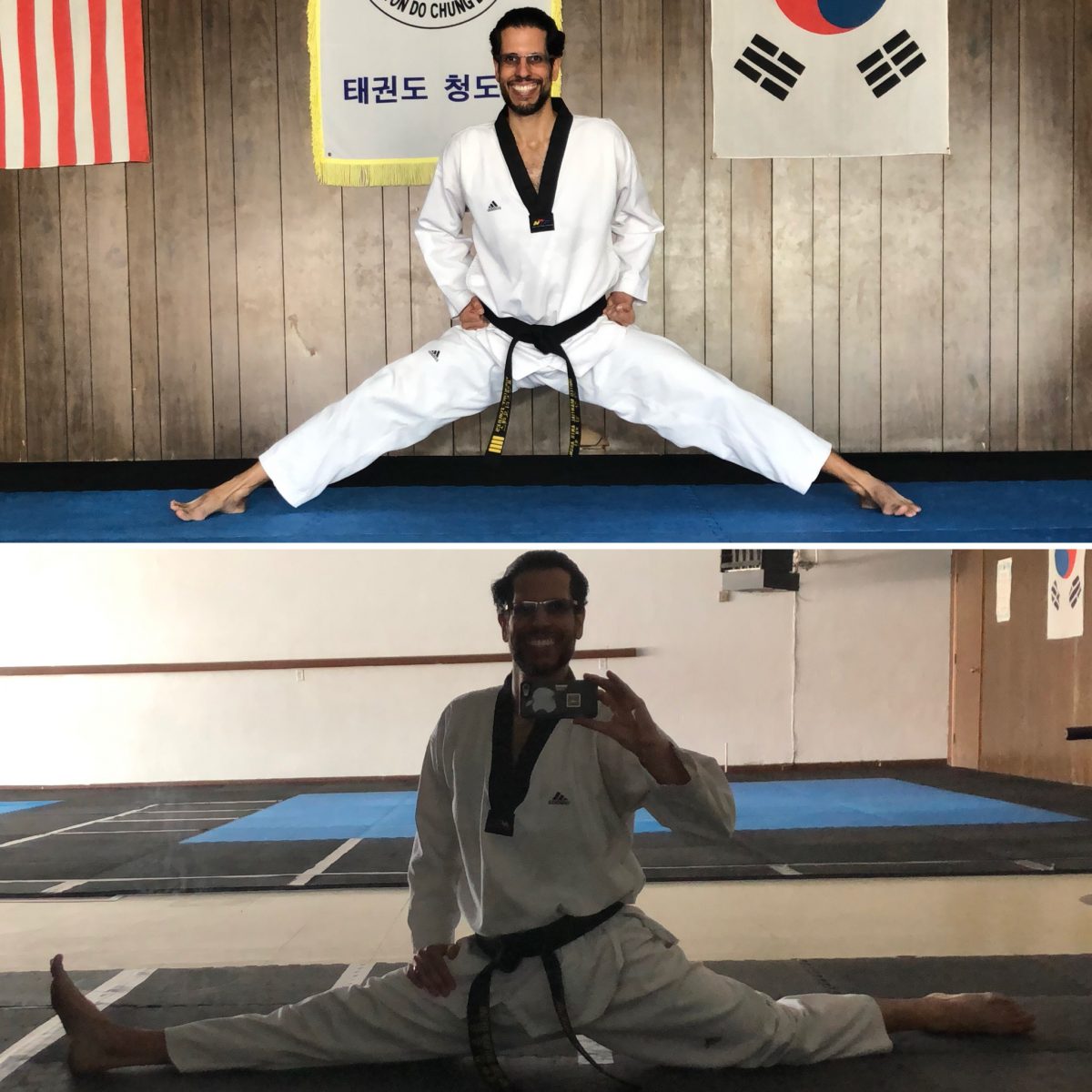
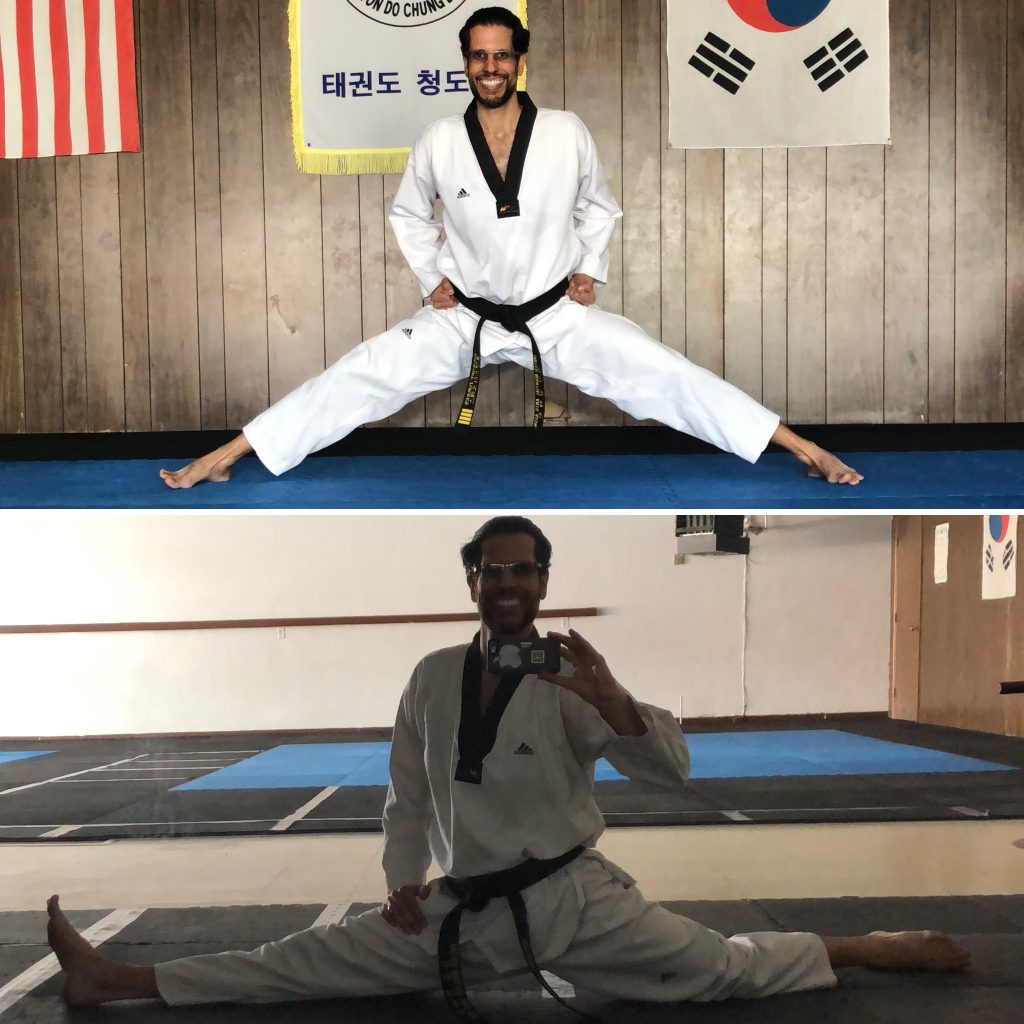 I know that I may be a bit late to the 2018 goal setting… but better late than never, right!
I know that I may be a bit late to the 2018 goal setting… but better late than never, right!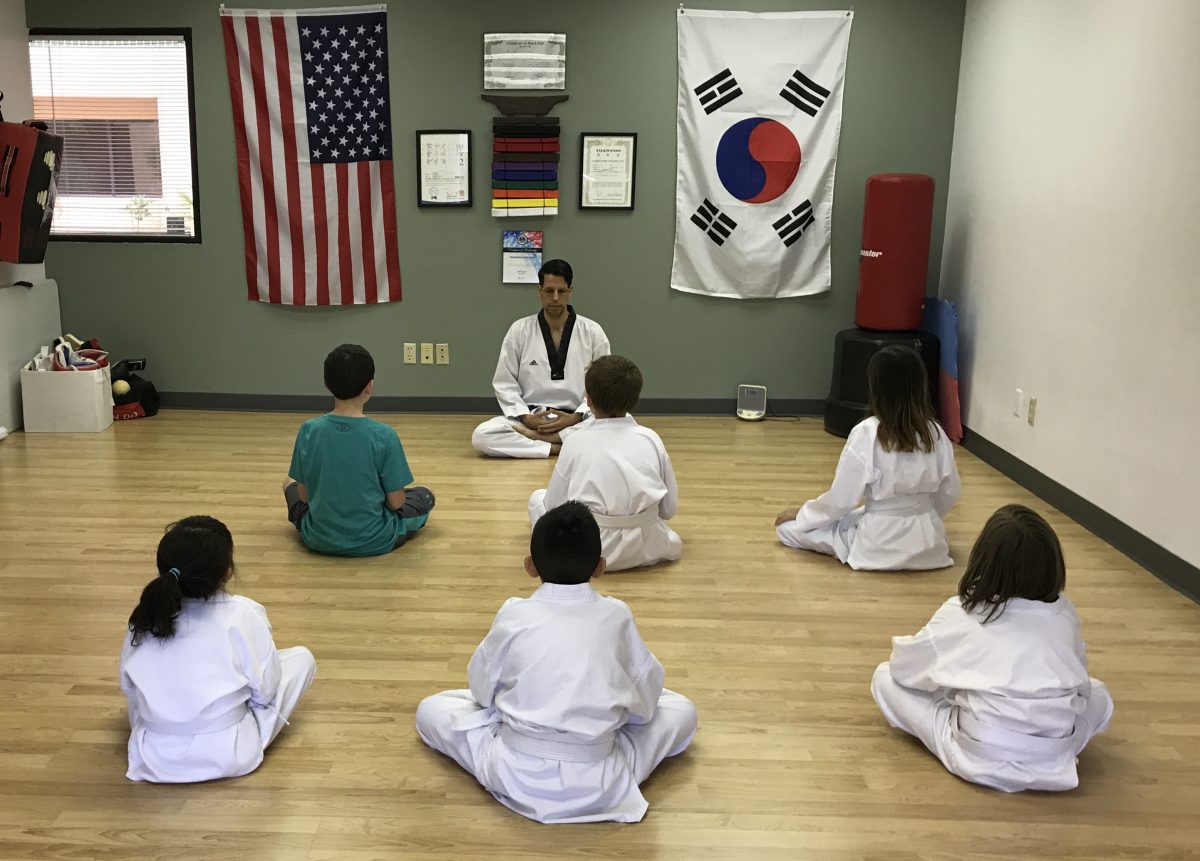
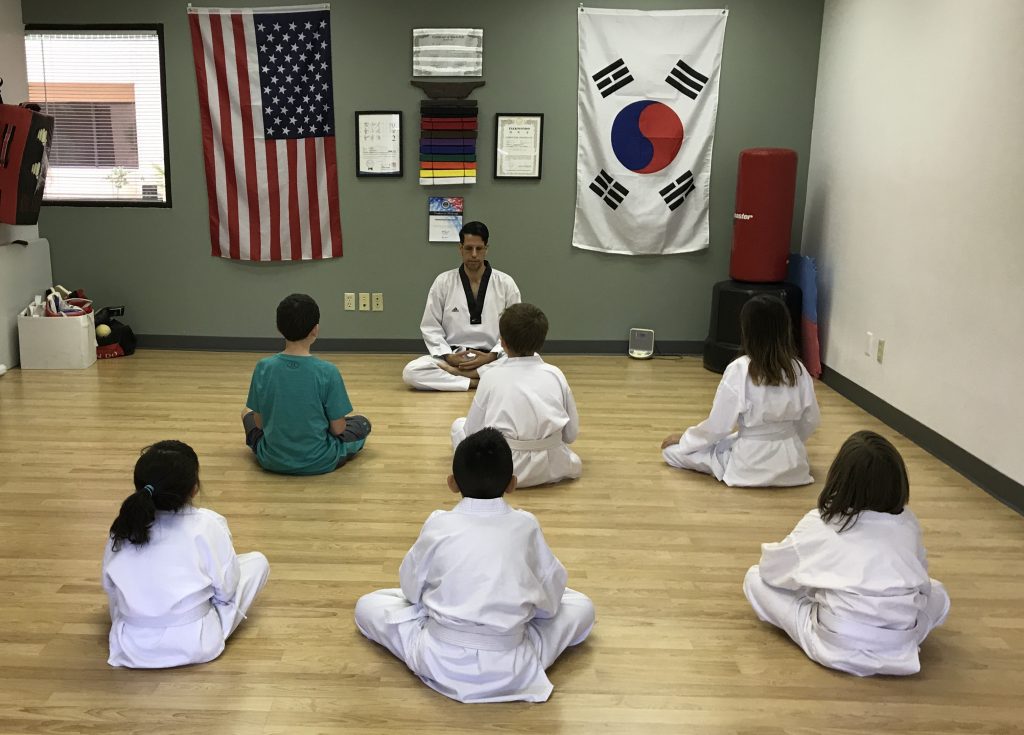

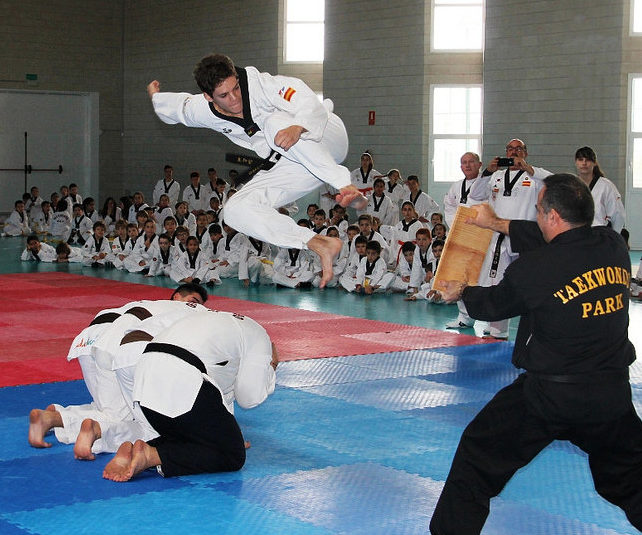
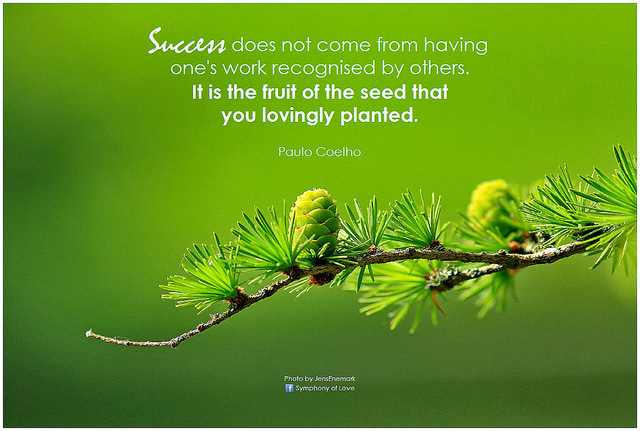
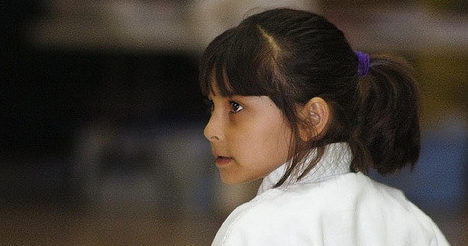
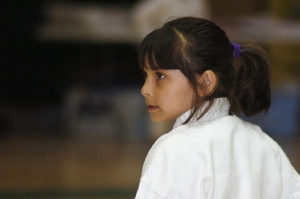 As a clinical psychologist, I find myself looking at the deeper meanings of what my students and clients say and do. For example, how often have we heard a child say “this is easy” while they can barely complete the training drill. This is typically a healthy, normal response in order to maintain our ego or belief that we are “good.” However, the problem lies that this behavior does not demonstrate integrity and can lead to further self deception that limits our ability to improve our skills by learning from our weaknesses. With that said, lets explore the meaning of integrity more and how slight changes in our mindset can make a huge difference in our performance, wellness and lead to excellence.
As a clinical psychologist, I find myself looking at the deeper meanings of what my students and clients say and do. For example, how often have we heard a child say “this is easy” while they can barely complete the training drill. This is typically a healthy, normal response in order to maintain our ego or belief that we are “good.” However, the problem lies that this behavior does not demonstrate integrity and can lead to further self deception that limits our ability to improve our skills by learning from our weaknesses. With that said, lets explore the meaning of integrity more and how slight changes in our mindset can make a huge difference in our performance, wellness and lead to excellence.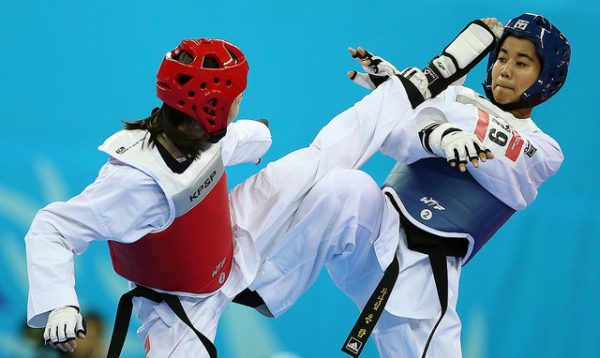
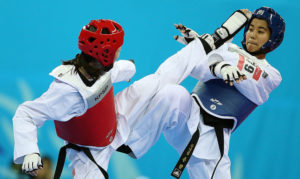 When I enrolled in my first Taekwondo class, I remember instructors expressing a strong emphasis on self control. At that time, in my youth, I understood self control to be strictly about being able to control my body in such a way that it would display balance, power, speed, and accuracy. I have come to discover with my clinical psychology education and my continued Taekwondo training, that our ability to control our body movements is just the physical portion of self control. There is an entire other portion that is rarely discussed during Taekwondo training, the mental portion.
When I enrolled in my first Taekwondo class, I remember instructors expressing a strong emphasis on self control. At that time, in my youth, I understood self control to be strictly about being able to control my body in such a way that it would display balance, power, speed, and accuracy. I have come to discover with my clinical psychology education and my continued Taekwondo training, that our ability to control our body movements is just the physical portion of self control. There is an entire other portion that is rarely discussed during Taekwondo training, the mental portion.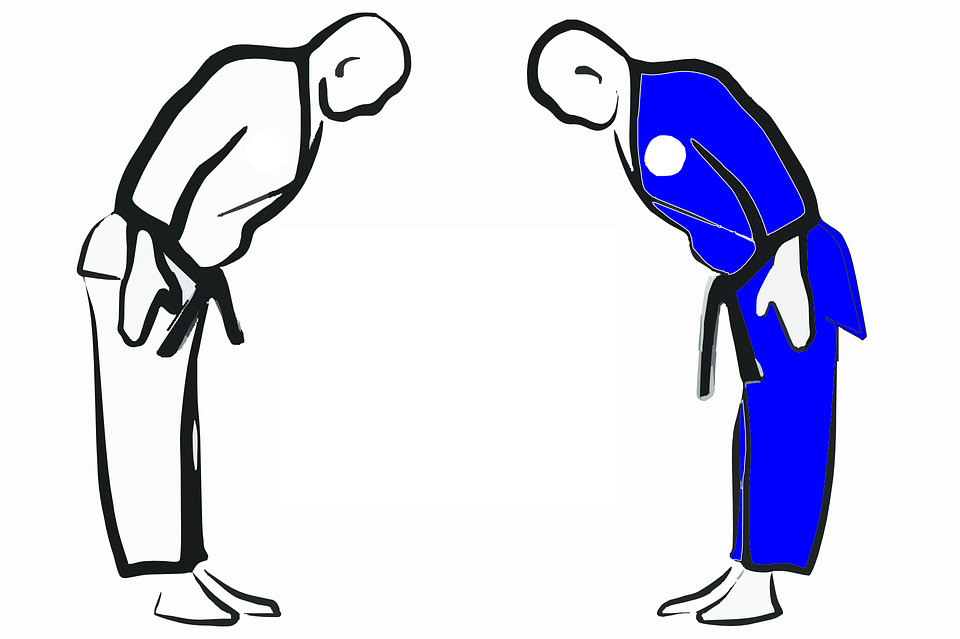
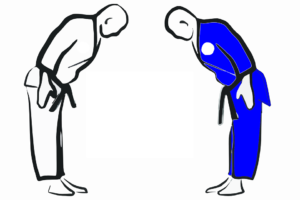 In just about every martial arts class students line up at the beginning of class to salute the flags and their instructor. This tradition teaches students to honor their specific martial art heritage and respect their instructor. Courtesy is one of the tenets of Taekwondo and I would argue that it also teaches students the value of respecting themselves and improving their own mental health while they are at it.
In just about every martial arts class students line up at the beginning of class to salute the flags and their instructor. This tradition teaches students to honor their specific martial art heritage and respect their instructor. Courtesy is one of the tenets of Taekwondo and I would argue that it also teaches students the value of respecting themselves and improving their own mental health while they are at it.